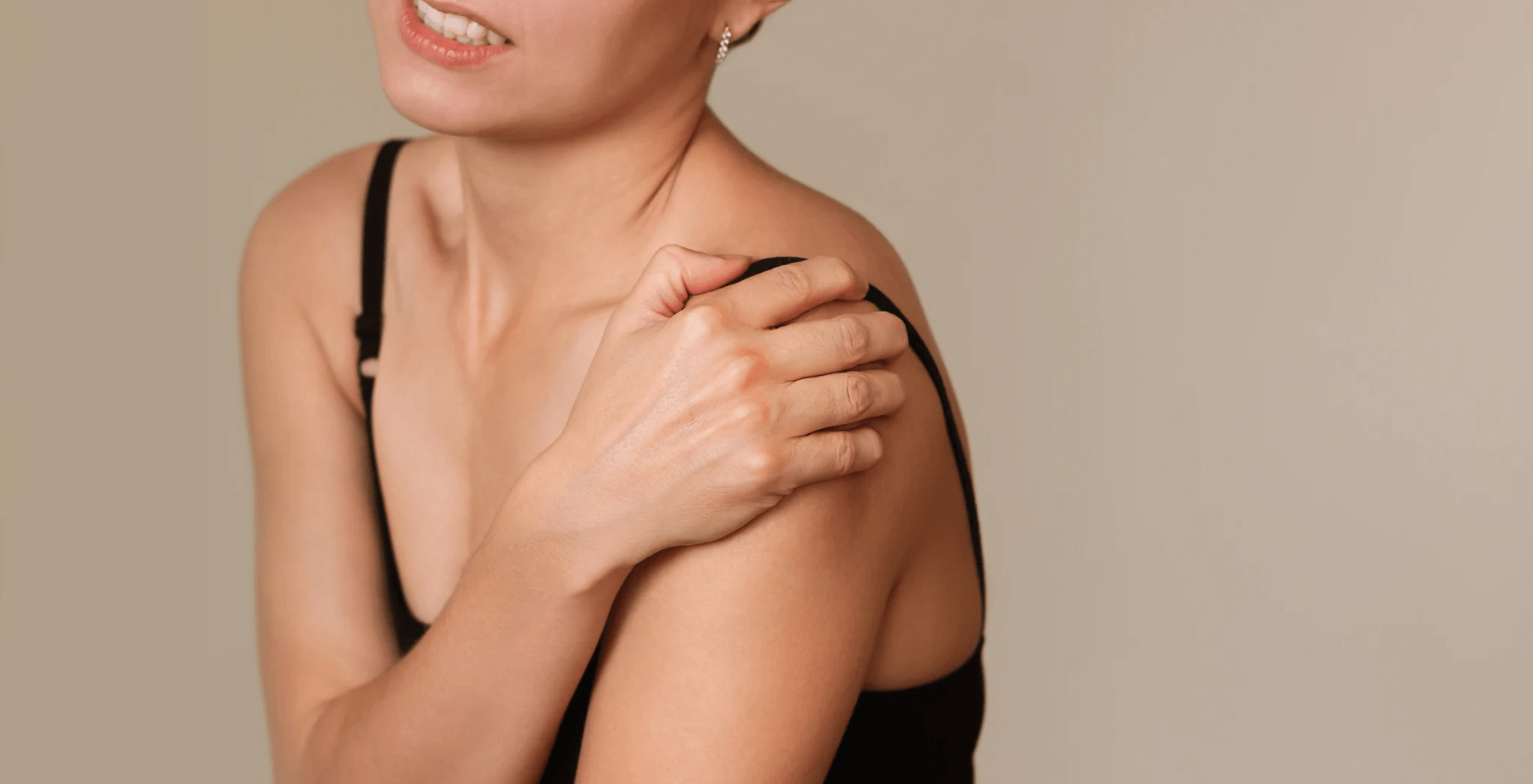Immediate Care After a Shoulder Dislocation
When a shoulder dislocates, the pain is often sharp and severe. The affected arm may look out of place, and the patient will be unable to move it normally. Medical attention is key. Attempting to push the shoulder back into place without proper technique can damage nerves, blood vessels or surrounding tissues.
In the emergency setting, a doctor will confirm the dislocation, often with an X-ray, and then perform a procedure called reduction to guide the bone back into its socket.
The Initial Recovery
In the first two to three weeks after a dislocation, the priority is protecting the joint and allowing healing. Patients typically wear a sling during this period, although the duration may vary depending on age, activity level and the extent of injury.
It is normal to feel soreness around the shoulder, particularly when moving the arm. Gentle range-of-motion exercises may be introduced early under the guidance of a physiotherapist to prevent stiffness. However, heavy lifting and overhead activities are avoided until the joint has regained stability.
Rehabilitation and Physiotherapy
Once the initial pain and swelling have settled down, physiotherapy becomes the primary part of recovery. The goal is to restore mobility, strengthen the muscles that stabilise the shoulder, and reduce the risk of another dislocation.
Rehabilitation typically progresses in stages. Early exercises focus on regaining gentle movement without stressing the joint. As healing continues, strengthening of the rotator cuff muscles and shoulder blade stabilisers may be introduced. Finally, patients advance to sport-specific or work-related training if they need to return to demanding activities.
What is the Risk of Recurrence?
One of the main concerns after a shoulder dislocation is the possibility of it happening again. The risk depends on several factors.
Younger patients, particularly those under 25 years old who play contact or overhead sports, are much more likely to experience repeat dislocations. Each episode can further stretch or damage the ligaments and cartilage, making the joint even less stable.
Older patients face a lower recurrence risk but may be more prone to associated injuries such as rotator cuff tears.
If repeated dislocations occur, surgical stabilisation may be recommended. This can involve repairing torn ligaments or reinforcing the joint with minimally invasive arthroscopic techniques.
Lifestyle Adjustments During Recovery
Daily activities often need to be modified during the healing process. Sleeping can be uncomfortable in the first weeks and many patients find it easier to rest on their back with pillows for support. Simple tasks such as dressing, grooming or reaching overhead may also require adjustments or assistance temporarily.
Nonetheless, one must be patient during this process as trying to resume activities too quickly can increase the risk of re-injury. Rest assured that when properly guided by an orthopaedic surgeon and physiotherapist, patient outcomes are typically good and promising.
How Can I Prevent Shoulder Injuries?
Strengthening the shoulder muscles, especially the rotator cuff and shoulder blade stabilisers, helps protect the joint. Good posture and flexibility reduce strain during daily movements.
Athletes benefit from sport-specific training that focuses on safe techniques for tackling, throwing, or overhead motions. Protective gear may help in contact sports, while workplace adjustments can reduce risk in jobs that require heavy lifting.
Being aware of the body’s limits and listening to early warning signs (e.g. pain or weakness during certain movements) also helps avoid repeat injuries.
When to Seek Further Help
Patients should seek follow-up care from their doctor if they notice persistent instability, weakness or frequent “slipping” sensations in the joint. Pain that does not improve or returns after activity may indicate additional injuries such as cartilage or rotator cuff damage. For more information, please contact our specialist orthopaedic clinic today.


